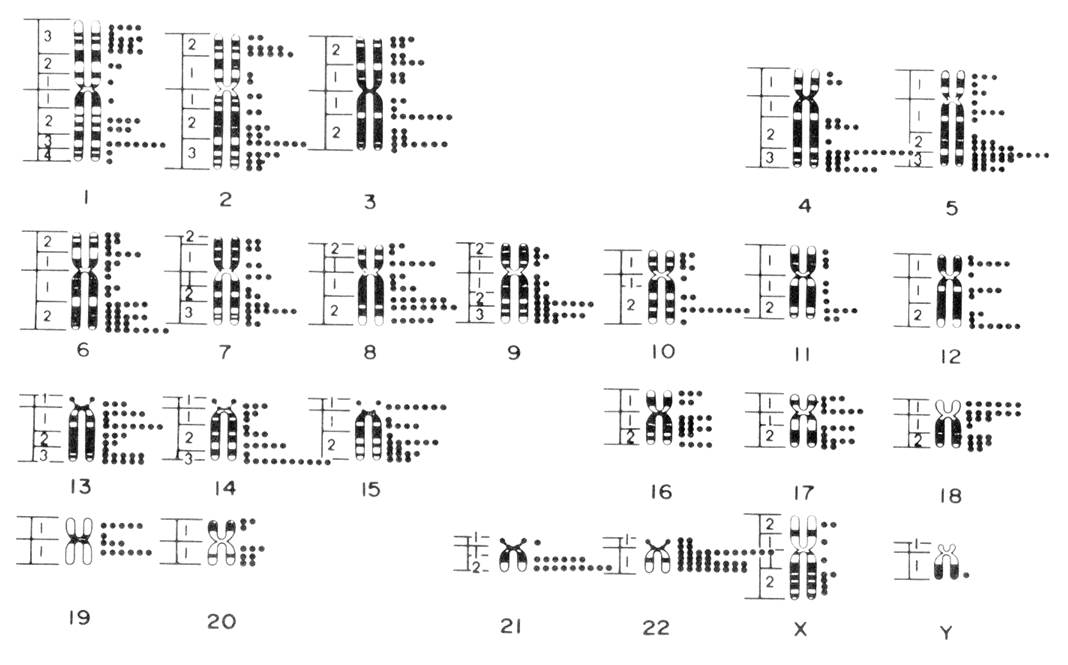|
N. Kamada and others in Hiroshima University
studied chromosome aberrations in bone marrow of 115 cases of A-bomb survivors.
Chromosomal abnormalities were observed in BM cells of proximally exposed,
but healthy, survivors. Some of these abnormalities appeared as clones,
in which Ph1-like
abnormality was the most common abnormality. In some survivors, the similar
abnormality was also found in the peripheral blood T-lymphocytes.
|
|
Kamada, N., Tsuchimoto, T. and Uchino, H. (1970): Smaller G chromosomes in the bone-marrow cells of healthy irradiated atomic-bomb survivors. Lancet, ii:880-881.
Kamada,
N. and Tanaka, K. (1983): Cytogenetic studies of hematological disorders in
atomic bomb survivors. In, Ishihara, T. and Sasaki, M. S., eds. “Radiation-induced
Chromosome Damage in Man”, Alan R. Liss, Inc., New York, pp.455-474.
|

